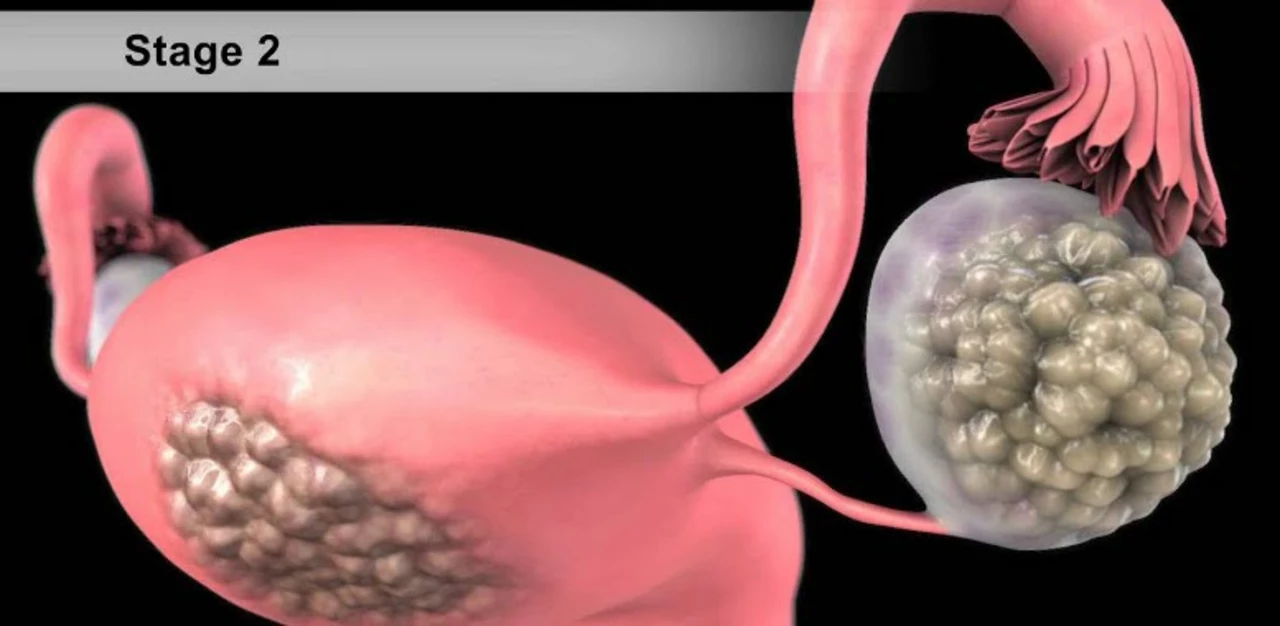Ovarian cancer: what to know right now
Ovarian cancer often starts quietly. You might notice mild bloating or pelvic discomfort and shrug it off. That’s why knowing the common signs and the next steps can make a big difference in catching it earlier.
Signs to watch for and when to see a doctor
Watch for persistent symptoms that don’t go away after a few weeks: bloating that is new or constant, pelvic or belly pain, feeling full quickly while eating, and needing to pee more often. These are the most common early warnings. If symptoms are new, worsening, or affect daily life, book an appointment with your primary care doctor or gynecologist. Don’t wait for severe pain or bleeding—early checks matter.
Also consider your personal risk. Things that raise risk include older age (most cases occur after menopause), close relatives with ovarian or breast cancer, and known genetic changes like BRCA1 or BRCA2. If you have a strong family history, ask your doctor about genetic testing and earlier monitoring.
How diagnosis and treatment usually work
There’s no single reliable screening test for ovarian cancer in people without symptoms. Doctors usually start with a pelvic exam, pelvic ultrasound, and blood tests like CA-125. None of these are perfect alone, but together they help decide the next step. If imaging or blood tests suggest a problem, a gynecologic oncologist will recommend further tests and may perform surgery to confirm the diagnosis and remove tumor tissue.
Treatment typically includes surgery to remove as much tumor as possible and chemotherapy to target remaining cancer cells. For some patients with specific gene changes, targeted drugs (like PARP inhibitors) are an option and can be very effective. Treatment plans are tailored to stage, type of ovarian cancer, and your overall health. Always ask for a consultation with a gynecologic oncologist—surgeons who specialize in ovarian cancer usually get better outcomes.
Think about practical steps now: keep a simple symptom diary (what you feel, when, how long), take a family history record, and bring both to appointments. If you get a diagnosis, ask about second opinions, clinical trials, fertility preservation (if relevant), and side-effect care.
Support matters. Talk to friends or join a support group, and get help managing treatment side effects like nausea, fatigue, or emotional strain. Palliative care teams can help anyone with serious symptoms, even while curative treatment is ongoing.
If you want clear, step-by-step guides, check trusted medical sites or ask us for articles and resources on diagnosis, genetic testing, treatment options, and managing side effects. Quick action on new or persistent symptoms gives you the best shot at good outcomes.

The Impact of Ovarian Cancer on Body Image and Self-Esteem
As a blogger, I recently delved into the impact of ovarian cancer on body image and self-esteem. What I discovered is that this illness can significantly alter one's self-perception, often leading to feelings of inadequacy and depression. The physical changes, such as hair loss, weight fluctuations, and surgical scars, can be distressing, making it difficult for women to embrace their new appearance. Additionally, the emotional toll of dealing with a life-threatening illness can further exacerbate self-esteem issues. In conclusion, ovarian cancer presents a unique set of challenges for women, and it's important that we address these concerns to ensure a better quality of life for those affected.
Read More